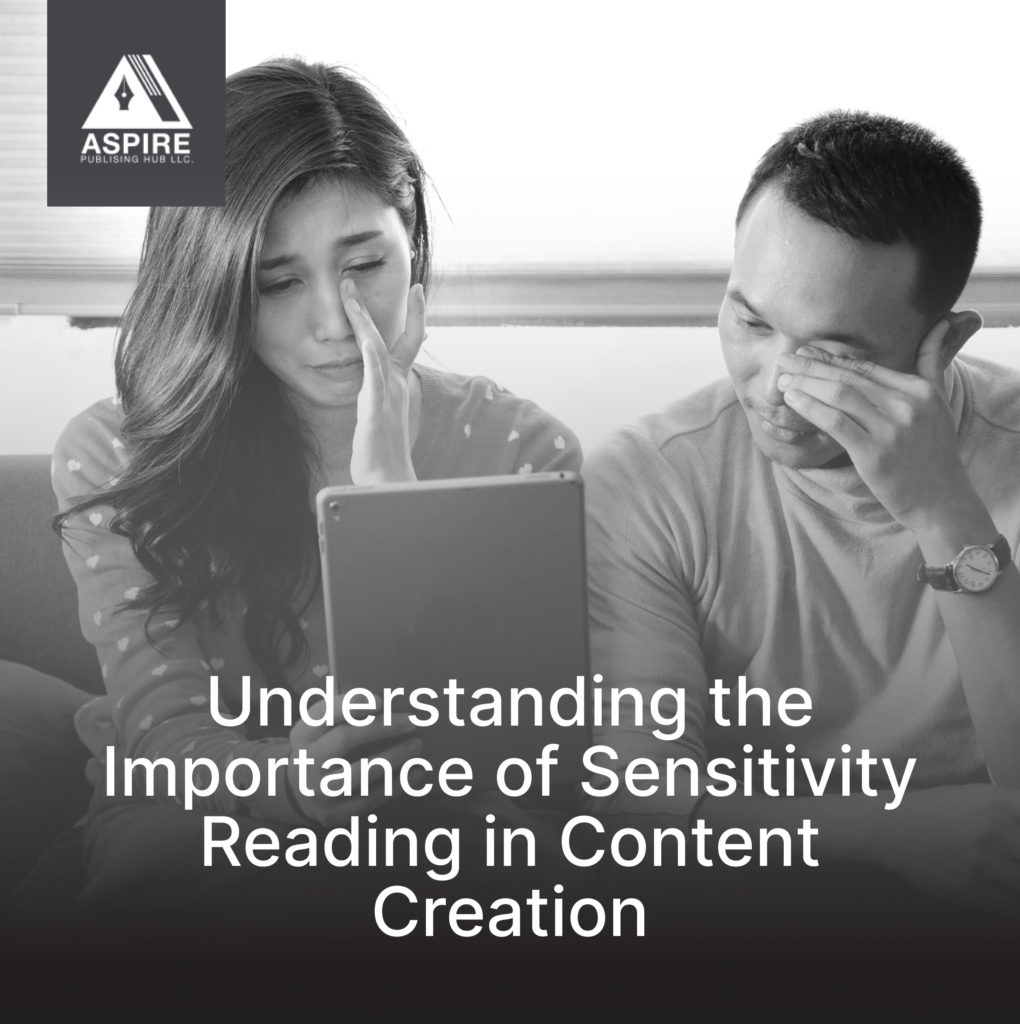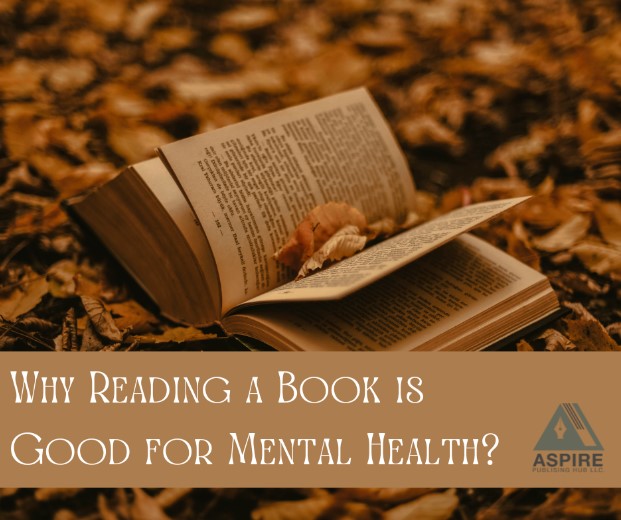As the world becomes more diverse and inclusive, the need for sensitivity reading in content creation has become increasingly important. Sensitivity reading is the process of having someone with lived experience review written content to ensure that it accurately and respectfully represents different communities. It is crucial for writers to understand the importance of sensitivity reading and how it can improve their work.
What is Sensitivity Reading?
Sensitivity reading is the process of having a person with a specific set of experiences review written content to ensure that it accurately and respectfully represents that community. Sensitivity readers are usually hired by authors, publishers, and other content creators to ensure that their work is inclusive and respectful of all voices. Sensitivity readers are not editors, but rather, they provide feedback on the accuracy and representation of cultural, racial, ethnic, gender, sexuality, and disability themes in written content.
Sensitivity reading can be an essential part of the editing process. It’s a way to ensure that the content being produced is accurate and respectful of all voices. Sensitivity reading can help avoid harmful stereotypes, inaccurate representations, and unintentional bias. The process can be particularly helpful in cases where the author doesn’t have first-hand experience with the topics they are writing about.
The Importance of Sensitivity Reading in Content Creation
The importance of sensitivity reading cannot be overstated. With the growing diversity of the world, it’s essential for writers to recognize the need for sensitivity reading in their work. Publishing content that is disrespectful or inaccurate can be harmful and cause harm to marginalized communities. Sensitivity reading can help prevent that from happening.
Sensitivity reading can also improve the quality of content being produced. Sensitivity readers can provide feedback on the accuracy of cultural, racial, ethnic, gender, sexuality, and disability themes in written content. This feedback can be invaluable in ensuring that the content is authentic and respectful of all voices. Sensitivity readers can also provide feedback on language and tone, which can help prevent offensive or harmful language from being published.
Common Mistakes that Sensitivity Readers Catch
Sensitivity readers can catch a wide range of mistakes, including harmful stereotypes, inaccurate representations, and unintentional bias. Here are some common mistakes that sensitivity readers catch:
– Stereotyping: Sensitivity readers can help catch harmful stereotypes that might be present in the content. Stereotyping can be harmful and perpetuate negative stereotypes about marginalized communities.
– Inaccurate Representations: Sensitivity readers can also help catch inaccurate representations of communities. For example, if a writer is writing about a specific culture, a sensitivity reader can ensure that the representation is accurate and respectful.
– Unintentional Bias: Sensitivity readers can help catch unintentional bias that might be present in the content. This can include microaggressions, offensive language, and other forms of bias that might not be immediately obvious.
Finding the Right Sensitivity Reader
Finding the right sensitivity reader is key to ensuring that your content is accurate and respectful. Here are some tips on how to find the right sensitivity reader:
– Look for someone with experience: Look for someone who has experience with the community you are writing about. For example, if you are writing about the LGBTQ+ community, look for a sensitivity reader who has experience with that community.
– Check for references: Ask for references from previous clients. This can help you get an idea of their experience and the quality of their work.
– Look for diversity: Look for sensitivity readers who come from diverse backgrounds. This can help ensure that the feedback you receive is inclusive and representative of all voices.
How to Work with a Sensitivity Reader
Working with a sensitivity reader can be a valuable experience. Here are some tips on how to work with a sensitivity reader effectively:
– Be open to feedback: Be open to feedback and willing to make changes based on their recommendations.
– Respect their expertise: Respect their expertise and recognize that they are providing feedback to help improve the quality of your content.
– Communicate openly: Communicate openly and honestly with your sensitivity reader. This can help ensure that the feedback you receive is accurate and helpful.
The Benefits of Sensitivity Reading for Writers and Readers
Sensitivity reading can benefit both writers and readers. For writers, sensitivity reading can help improve the quality of their content and prevent harm to marginalized communities. For readers, sensitivity reading can provide more accurate and respectful representations of cultural, racial, ethnic, gender, sexuality, and disability themes in written content. Sensitivity reading can also help promote diversity and inclusivity in the publishing industry.
Examples of Successful Sensitivity Readings
There have been many successful sensitivity readings in recent years. Here are some examples:
– “The Hate U Give” by Angie Thomas: This book was sensitivity read by several sensitivity readers, including members of the Black Lives Matter movement. The sensitivity reading helped ensure that the book accurately and respectfully represented the experiences of Black people in America.
– The “Crazy Rich Asians” series by Kevin Kwan: The series was sensitivity read by several sensitivity readers who helped ensure that the representation of Asian cultures was accurate and respectful.
– “The Bride Test” by Helen Hoang: The book was sensitivity read by members of the autism community, which helped ensure that the representation of autism was accurate and respectful.
Sensitivity Reading Resources and Organizations
There are many resources and organizations available to help writers find sensitivity readers. Here are some examples:
– We Need Diverse Books: This organization provides resources and information on sensitivity reading and diversity in publishing.
– Writing in the Margins: This organization provides a directory of sensitivity readers for hire.
– The Conscious Kid: This organization provides resources and training on diversity, equity, and inclusion.
The Future of Sensitivity Reading in the Publishing Industry
The future of sensitivity reading in the publishing industry is promising. As our society becomes more diverse, the demand for sensitivity reading will only increase. It’s essential for publishers and writers to recognize the need for sensitivity reading and to ensure that their content is accurate and respectful of all voices.
Conclusion
Sensitivity reading is an essential part of content creation in today’s diverse and inclusive world. It can improve the quality of content being produced and prevent harm to marginalized communities. In this guide, we’ve explored what sensitivity reading is, why it’s important, and how it can benefit writers and readers alike. We’ve also provided tips on how to find the right sensitivity reader and how to work with them effectively. Remember, sensitivity reading is a valuable tool for creating inclusive and authentic content that respects and represents all voices.



